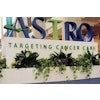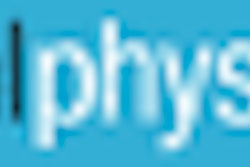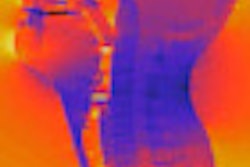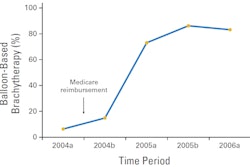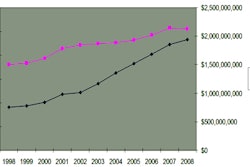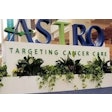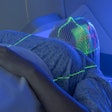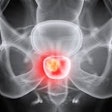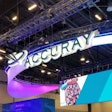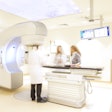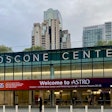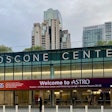Image-guided stereotactic body radiation therapy (SBRT) is an effective treatment for patients with early-stage lung cancer, California researchers report in an article published in the April issue of Radiotherapy and Oncology.
Excellent local control rates with minimal toxicity were achieved, according to the researchers.
Since 2007, the study group at Moores Cancer Canter, part of the University of California, San Diego, has been treating patients who do not undergo surgery for early-stage (T1 or T2) non-small cell lung cancer (NSCLC) with frameless image-guided SBRT. This study analyzed the outcomes of 48 consecutive patients who received this treatment at the cancer center between January 2007 and September 2009 (Radiother Oncol, April 2011, Vol. 99:1, pp. 12-17).
The patients were predominantly older (median age, 79; range, 60-88) and male (62%). None had nodal involvement, and 71% had a histologically or cytologically confirmed diagnosis of lung cancer.
The majority of patients received a radiation dose of 48 Gy or 52 Gy in four fractions. Patients with larger and more central lesions received 50 Gy in five fractions. They were subsequently followed at intervals of three to six months, having a CT scan and a clinical examination with each appointment.
None of the patients experienced severe skin reactions or rib fractures. Six patients developed grade 2 pneumonitis. Only one patient experienced a grade 3 toxicity, developing severe esophagitis 20 days after treatment.
Patients were followed for a median of 17 months from the time of diagnosis, according to lead author Dr. Sameer Nath, from the radiation oncology department, and colleagues. Only two of 48 evaluable lesions showed radiographic evidence of local disease progression.
The researchers identified local failure in three of 46 evaluable patients. Twelve patients developed distant disease in the lung, bone, liver, or brain. Two years following treatment, the cumulative incidence of nodal failure was 6% and distant failure was 29%, the authors reported.
A total of 25 patients were alive at the time the researchers conducted their analysis. They reported an actuarial overall survival rate of 76% one year following treatment and 54% at two years.
The factors associated with distant failure were lesions larger than 3 cm and patient age younger than 70. To potentially extend the life of these patients, the authors suggested that more aggressive therapy be tried. This therapy could include higher radiation doses of SBRT as well as chemotherapy, the latter of which has proved beneficial for patients with more advanced stages of lung cancer.
In the authors' opinion, SBRT produced excellent outcomes for these patients, but they recommend that a longer follow-up with a larger series of patients be undertaken to see if the outcomes of the study will be replicated.
